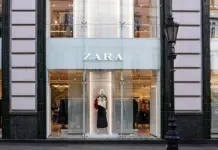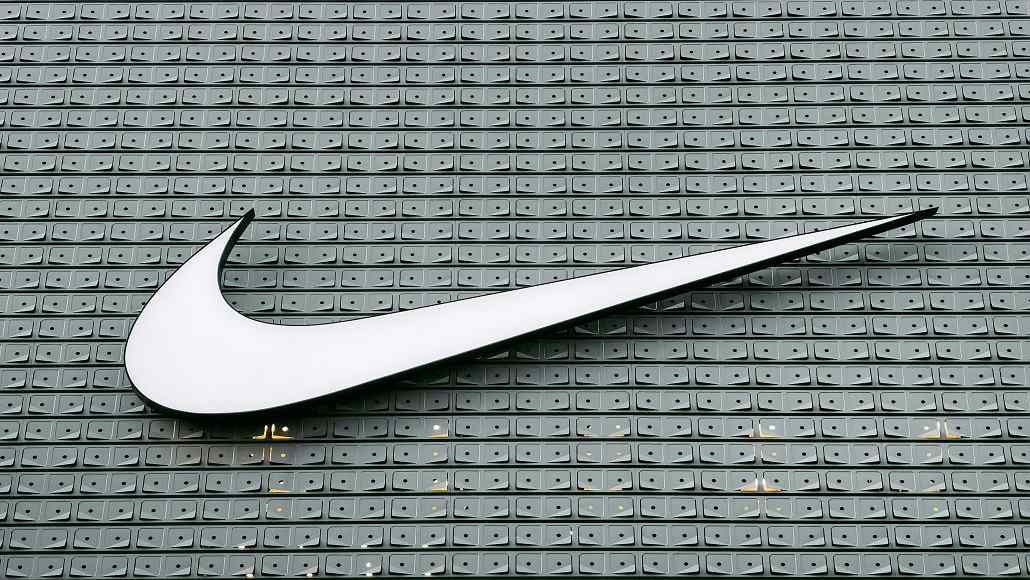Nike faces a substantial financial burden from new tariffs imposed by the United States, with estimates indicating that the company could incur costs amounting to $1 billion this year. This significant impact is largely due to tariffs introduced on products imported from countries like Vietnam, which has recently overtaken China as Nike’s largest supplier. According to recent reports from sources, Nike’s Chief Financial Officer, Matthew Friend, remarked, “These tariffs represent a new and meaningful cost headwind,” underscoring the financial strain caused by these trade policies.
To combat these additional costs, Nike is optimizing its supply chain strategies. The company intends to implement a “surgical price increase” on its U.S. products starting this fall, aiming to pass some of the increased costs onto consumers. This decision coincides with a broader trend within the industry, as seen in reports from sources, where many retailers are reevaluating their pricing structures in response to tariffs.
Furthermore, Nike is strategically reducing its reliance on Chinese imports, planning to shift sourcing from approximately 16% to a “high-single-digit range” by the end of fiscal 2026. This move is part of a larger strategy to diversify its manufacturing base and mitigate the impact of tariffs. Friend elaborated on the company’s approach, stating that they are “optimizing our sourcing mix and reallocating production across different countries.”
Despite these challenges, Nike remains optimistic about its market position. The company reported an 86% decline in net income for the fourth quarter, amounting to $211 million, down from $1.5 billion the previous year. However, CEO Elliott Hill expressed confidence in Nike’s turnaround plans, emphasizing a renewed focus on core sports products and the need for innovation.
As the retail landscape shifts amid tariffs and evolving trade regulations, Nike’s proactive measures reflect the complexities faced by many brands. The company’s ability to adapt to these changes will be crucial in sustaining its market position and continuing to deliver value to consumers amid escalating costs and competitive pressures. With the retail sector facing numerous challenges, Nike’s efforts to navigate these turbulent waters could set a precedent for other companies in the industry.


































